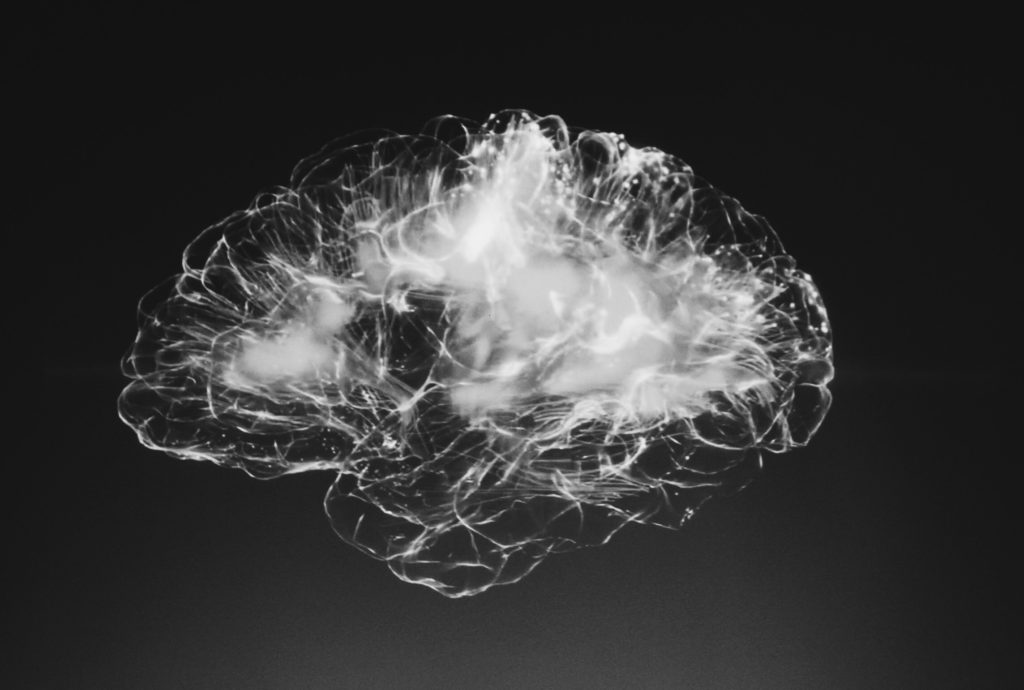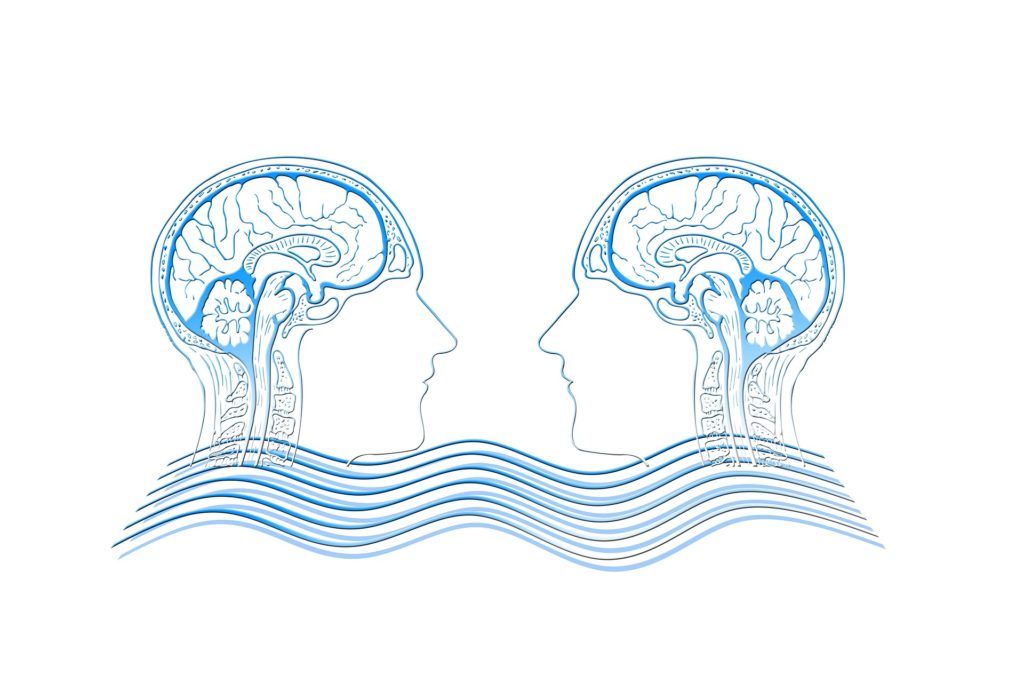Brain Entrainment as a Treatment for Dementia

Alzheimer’s disease is the most common form of dementia. Unfortunately, as the world’s population continues to age, rates of Alzheimer’s are projected to skyrocket. And if that wasn’t concerning enough, the current, standard medical treatments for dementia do not slow the progression of the disease. Most individuals that are diagnosed with dementia will eventually succumb to the condition.
Due to the rising need, alternative approaches to dementia treatment are being explored. Recently, evidence is starting to suggest that a specific type of brain entrainment might hold potential for reversing dementia. In order to understand brain entrainment, it’s important to understand brain waves.
Brain Waves
Our brain is an electrical organ, composed of billions of nerve cells. Electrical impulses flow through the brain, influenced by our thoughts, feelings and perceptions. These electrical impulses often function together at specific frequencies. When different frequencies dominate, it can change the overall functioning of the brain.
Traditional evaluations of brain waves have divided brain wave frequencies—with some small frequency discrepancies—into delta, theta, beta and alpha (Karakas 2017):
- Delta is the lowest frequency band of brain waves from 0.5 to 3.5 beats per second or Hertz (Hz). Delta brain waves are usually only dominant during deep sleep.
- Theta spans from 4 to 7.5 Hz. Theta brain waves are usually dominant during deep relaxation and sleep, and are associated with dreaming, intuition and creativity.
- Alpha frequencies extend from 8.0 to 13.5 Hz. Alpha is generally thought to include a calm, focused mind state.
- Beta spans from 14 to 29 Hz. Beta is typically dominant during normal waking function.
Gamma Waves
While initially disregarded, frequencies above 29 Hz also appear to play a significant role in brain function. These higher frequencies, called gamma waves, are thought to have a potential role in consciousness, especially gamma waves around 40 Hz. Gamma waves appear to underlie and knit together aspects of brain function, although controversy about their meaning is still present in the literature (Jia 2011). Of interest, some research has shown that long-term meditation can profoundly increase coordinated gamma-wave activity throughout the brain (Braboszcz 2017).
Gamma Waves and Dementia
Based on the initial understanding of gamma waves, research started to explore their presence in dementia. It has been found that individuals with dementia have a loss of high frequency brain waves, including disruptions of 40 Hz gamma waves (Jafari 2020). This has led researchers to ask the question if restoring gamma waves could have a beneficial impact on dementia. In order to increase gamma-wave activity, brain entrainment provides a potential approach.
Brain Entrainment
Brain entrainment is a technique that uses an outside stimulus of a specific frequency to enhance brain wave activity at that frequency. Light and sound are most commonly used, but electricity, magnetic fields and pulsed ultrasound have also been explored.
One of the first studies used a 40 Hz flickering light in a mouse model of dementia. The treatment provided clear benefits, reducing levels of toxic brain plaques that contribute to dementia by 40%. In addition, the light stimulation beneficially changed immune cell function in the brain (Iaccarino 2016). Excitement followed the findings, as it heralded a potentially novel approach for treating dementia.
Shortly thereafter, a study in humans used a 40-Hz, flickering-light protocol to ascertain if brain entrainment was possible in humans. The researchers found that the brain was highly entrained by higher-intensity flickering light. The researchers concluded that entrainment with light at 40 Hz may be a feasible path for dementia treatment and warranted further study (Jones 2019).
Further Research

Shortly thereafter, a mouse study found that light entrainment restored memory function in mice with dementia (Etter 2019). Then a mouse study on pulsed ultrasound at 40 Hz also showed entrainment, reduction in brain plaques and improvements in the brain’s immune cell function (Bobola 2020). A similar study used low-power, 40 Hz electricity applied to the skull and found that it boosted the production of new brain cells in an animal model of dementia (Liu 2020).
A human trial using a single brian entrainment session with low-power 40 Hz electricity found cognitive improvements after a single treatment. The authors suggest that the treatment technique might be a “therapeutic option” for individuals struggling with dementia (Kim 2021). A small case series also used 40 Hz electricity for one hour daily in patients with dementia for four weeks. The study found a small, but significant reduction in so-called “brain tangles” that are thought to contribute to dementia. The authors suggested a longer treatment course might yield further benefits (Dhaynaut 2021).
Other studies have continued to yield interesting results. Transcranial magnetic stimulation (TMS) is an approved treatment for depression that can be used to improve brain function. It involves the application of pulsed magnetic fields to the skull to influence brain function. A 40 Hz TMS treatment protocol over the course of eight weeks was found to improve cognitive function by modulating gamma brain wave activity (Liu 2021).
Conclusion
Forty-hertz brain-wave entrainment through different means may be a promising approach to reduce cognitive decline and treat dementia. While more research is needed to understand the best and most effective entertainment approaches, the studies are exciting. Considering the simplicity of flickering light or sound entrainment, the cost of utilizing such technology would be minimal. Hopefully, as the research progresses, we may soon have a new treatment approach for Alzheimer’s disease.



